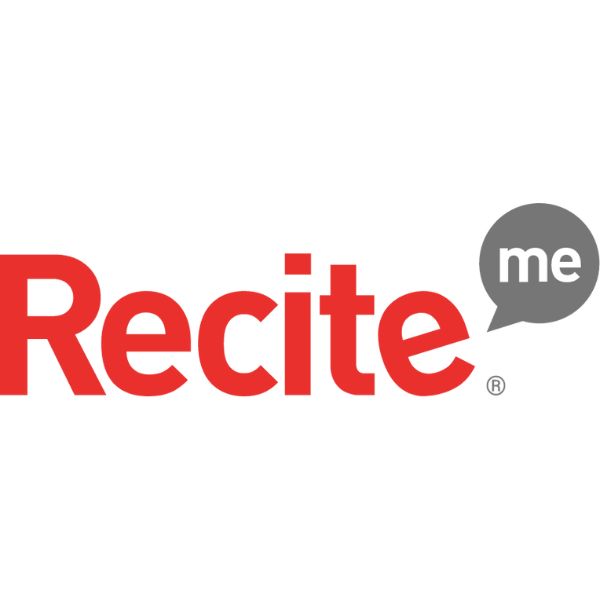Insights
INSIGHTS
All Topics
My Account
How to show off your impact
21 Feb 2022by Laura Stanley
We explore how charities can use measurement to show their impact to their supporters in dynamic and clear ways
For charities and nonprofit organisations, part of their raison d’être lies in understanding internally the impact have on their cause and their communities.
They have the data at their fingertips, the anecdotal evidence that shows how their services impact our beneficiaries, the knowledge of where their funds go and how they can help others. Once pulled together, they can gain a good picture of what their impact is and how they should proceed.
Download the Outcome Metrics e-book
The next job is to demonstrate that impact to others. Charities face a lot of competition, both for attention and funding, and the ability to measure, monitor, and report their success can help them get noticed.
Transparency is therefore a necessity for charities, not a superfluity. While measurement is important to ensure all tactics are building towards the same goal, it also offers the chance for charities to highlight their achievements, the activities that have built towards them, and to generate more awareness of their cause.
Reporting the findings of your metrics externally can lead to an increase in volunteers, an increase in support, and, crucially, an increase in funding, whether from individuals or institutions.
Whichever metrics you measure (here’s some tips on that), charities must use their reporting to give supporters the complete picture. Instead of simply showing financial metrics, organisations must show them in relation to the activities they’ve funded and the people they’ve helped.
It all comes down to what audiences want to know and how charities tell them. Below, we provide some tips and tricks for putting your metrics to good use and helping your impact hit home.
Visualising your impact
At Charity Digital, we recommend that successful impact reporting follows four key steps:
-
- Say what problems you want to fix
- Explain how you are trying to fix the problem
- Tell people what you’ve achieved
- Talk about what this means for the future
At every single stage, outcome metrics play a role. If charities have identified the metrics that matter to them, they have identified the problems they want to fix – or at least understand which metrics are telling them if they’re fixing it.
Indeed, keeping track of these outcome metrics shows your progress. Are the tactics currently being employed working to achieve your goals? How do they compare to the year before, or even the month before?
The next step – telling people what you’ve achieved – is a little trickier. With so much data and analytics at your fingertips, it can be difficult to tell your charity’s progress in a way that is simple and straightforward. Data has an intimidating reputation and using it to tell a story can feel daunting.
This is where visualisation comes in. Charities analysing their data internally already understand the importance of dashboards, such as those provided by financial software like Sage Intacct.
Having all your key metrics in one place, helpfully colour-coded and easily visible, makes tracking them far easier than using a manual, dense spreadsheet. Importantly, they are accessible at any given time – anyone in the charity can understand what’s being measured if they choose to look.
The same principles should be applied to external audiences. According to Oliver Carrington, Impact and Evaluation Manager at Imperial Health Charity, ‘Data visualisation is a catch-all term for presenting information in a visual way.’
For charities, this information could be about the people who interact with them – employees to beneficiaries – or the difference they make to their community. Whether it’s an infographic or a pie chart, visualisation is a way to make data come to life.
Keeping it simple
Visualisation is all about transparency. Metrics are not just meant for internal use – reporting them accurately can help build trust with your supporters, demonstrating that their funding is contributing to tangible change.
The Outcome Metrics e-book, from Sage Intacct, notes that “the ability to define, track, and report outcome measures – showing where you are and where you want to go – will help ensure good stewardship. This, in turn, will boost donor confidence and strengthen your credibility – which supports your growth and your ability to pursue your mission.”
By reporting your impact clearly and dynamically, “you can expect your community to become more engaged and supportive – resulting in a virtuous cycle of greater visibility, strengthened credibility, and a more committed support network.”
The important thing to remember when reporting, then, is: keep it simple. The whole point of the exercise is to help your audiences understand your impact without effort on their part. Being concise is crucial. Take Wordle, for example, the online game which has recently taken social media by storm – all it displays when shared is brightly coloured squares, but it’s eye-catching and clear.
Ask yourself whether your images contribute to the story you’re trying to tell? Do they match up with your brand guidelines? Do they reflect your outcome metrics well? Graphic design tools like Easel.ly, or Piktochart can help create visually appealing images easily, with user-friendly templates on hand if you need them (these platforms are also available at a discount on the Charity Digital Exchange).
Likewise, consider how the information will be delivered. Will it feature on your website, for example? Sage Intacct suggests this is an excellent way to communicate your story, ensuring that both internal and external audiences have access to the information.
It is important to keep in mind accessibility, too, when it comes to fonts, colours, and images – if the information cannot be zoomed in on, is it visible enough regardless?
If there’s something to shout about in your outcome metrics, make sure you do so, loudly and proudly. Don’t hide it in unwieldy text or irrelevant graphics. Be transparent.
Three tips for demonstrating impact
Download the Outcome Metrics e-book
Click below for more information on how to measure and communicate your impact
Laura Stanley
More on this topic
Recommended Products
Featured Products
Our Events
Charity Digital Academy
Our courses aim, in just three hours, to enhance soft skills and hard skills, boost your knowledge of finance and artificial intelligence, and supercharge your digital capabilities. Check out some of the incredible options by clicking here.















